How to Multiply and Divide Decimals? (+FREE Worksheet!)
Worry about multiplying and dividing decimal numbers? Join us to teach you how to multiply and divide decimal numbers.

Decimals are a way of displaying very small numbers without using a fraction. Decimal numbers are numbers that consist of two parts, integer, and decimal.
Fractions whose denominator is \(10\) or \(100\) or \(1000\) or … are called decimal fractions.
Note: In decimal numbers, the first digit after the decimal point is called the tenth, the second digit is the hundredth, the third digit is the thousandth, and so on.
The Absolute Best Books to Ace Pre-Algebra to Algebra II
Related Topics
Step-by-step guide to multiplying and dividing decimals
For Multiplication:
The only difference between the multiplication of decimal numbers and the multiplication of integers is at the end.
Here’s how to multiply decimal numbers:
Step 1: Do the multiplication of decimal numbers similar to the multiplication of integers without considering the decimal point, that is, pretend that your numbers do not have decimal points, in other words, treat them as integers.
Step 2: When you have multiplied, count the number of digits after the decimal point in each multiplication factor and add them together.
Step 3: Consider the decimal point in the final answer according to the total number of decimal places of the multiplication factors. Finally, the number of decimal places in your answer must be equal to the total number of decimal places in the invoices.
Note: If the last number in the answer is \(0\), you must also take it into account in counting the decimal places of the answer to determine the location of the decimal point. Once you have set the decimal point correctly, you can delete the trailing zeros after the decimal point.
For Division:
Dividing decimal numbers is almost like dividing integers, the main difference is at the beginning of the division operation before you start dividing.
Here is how to divide decimal numbers:
Step 1: Convert the divisor to an integer by moving the decimal point to its right end. At the same time, move the dividend digits to the same amount as you moved the divisor decimal point to the right.
Step 2: Divide similar to whole numbers.
Note: Sometimes, you may have to add one or more trailing zeros to the dividend. You can add as many zeroes as you need to a decimal number, and the value of the number will not change.
The Best Book to Help You Ace Pre-Algebra
Multiplying and Dividing Decimals – Example 1:
Find the product. \(0.60 \ \times \ 0.20=\)
Solution:
Set up and multiply the numbers as you do with whole numbers. Line up the numbers: \(\begin{array}{r} &60\\ \times \!\!\!\!\!\!&20\\ \hline \end{array} \) , Start with the ones place \( → 60 \ \times \ 0=0\), \(\begin{array}{r} &60\\ \times \!\!\!\!\!\!&20\\ \hline \end{array} \\ \ \ \ \ \ \ \ 0 \) Continue with other digits \(→ 60 \ \times \ 2=120\), \(\begin{array}{r} &60\\ \times \!\!\!\!\!\!&20\\ \hline \end{array} \\ \ \ \ 1,200 \) , Count the total number of decimal places in both of the factors. \((4)\). Then Place the decimal point in the product. Then: \(\begin{array}{r} &0.60\\ \times \!\!\!\!\!\!&0.20\\ \hline \end{array} \\ \ \ \ 0.1200 \) \(→ 0.60 \ \times \ 0.20=0.1200=0.12\)
Multiplying and Dividing Decimals – Example 2:
Find the quotient. \(1.40 \ \div \ 0.2=\)
Solution:
The divisor is not a whole number. Multiply it by \(10\) to get \(2\). Do the same for the dividend to get \(14\).
Now, divide: \(14 \ \div \ 2=7\). The answer is \(7\).
Multiplying and Dividing Decimals – Example 3:
Find the product. \(0.50 \ \times \ 0.20=\)
Solution:
Set up and multiply the numbers as you do with whole numbers. Line up the numbers: \(\begin{array}{r} &50\\ \times \!\!\!\!\!\!&20\\ \hline \end{array} \) , Start with the ones place \( → 50 \ \times \ 0=0\), \(\begin{array}{r} &50\\ \times \!\!\!\!\!\!&20\\ \hline \end{array} \\ \ \ \ \ \ \ \ 0 \) Continue with other digits \(→ 50 \ \times \ 2=100\), \(\begin{array}{r} &50\\ \times \!\!\!\!\!\!&20\\ \hline \end{array} \\ \ \ \ 1,000 \) , Count the total number of decimal places in both of the factors. \((4)\). Then Place the decimal point in the product. Then: \(\begin{array}{r} &0.50\\ \times \!\!\!\!\!\!&0.20\\ \hline \end{array} \\ \ \ \ 0.1000 \) \(→ 0.50 \ \times \ 0.20=0.1000=0.1\)
Multiplying and Dividing Decimals – Example 4:
Find the quotient. \(1.20 \ \div \ 0.2=\)
Solution:
The divisor is not a whole number. Multiply it by \(10\) to get \(2\). Do the same for the dividend to get \(12\).
Now, divide: \(12 \ \div \ 2=6\). The answer is \(6\).
Exercises for Multiplying and Dividing Decimals
Find each Product and Quotient.
1. \(\color{blue}{\begin{array}{r} &4.5\\ \times \!\!\!\!\!\!&1.6\\ \hline \end{array}} \)
2. \(\color{blue}{\begin{array}{r} &7.7\\ \times \!\!\!\!\!\!&9.9\\ \hline \end{array}} \)
3. \(\color{blue}{\begin{array}{r} &2.6\\ \times \!\!\!\!\!\!&1.5\\ \hline \end{array}} \)
4. \(\color{blue}{14.4\div 3.6} \)
5. \(\color{blue}{30.4\div 3.8} \)
6. \(\color{blue}{24.44\div 4.7} \)
Download Multiplying and Dividing Decimals Worksheet

- \(\color{blue}{7.2}\)
- \(\color{blue}{76.23}\)
- \(\color{blue}{3.9}\)
- \(\color{blue}{4}\)
- \(\color{blue}{8}\)
- \(\color{blue}{5.2}\)
The Greatest Books for Students to Ace the Algebra
Related to This Article
More math articles
- How to Graph Triangles and Quadrilaterals?
- Top 10 Free Websites for CHSPE Math Preparation
- How to Find Function Values from the Calculator
- Top 10 SAT Math Practice Questions
- 3rd Grade North Carolina End-of-Grade Math Worksheets: FREE & Printable
- How to Perform Scalar Multiplication
- Full-Length 7th Grade STAAR Math Practice Test
- How Students Can Understand Math for Free
- How to Get a GED Certificate?
- Newton’s Technique to Fish Out the Roots

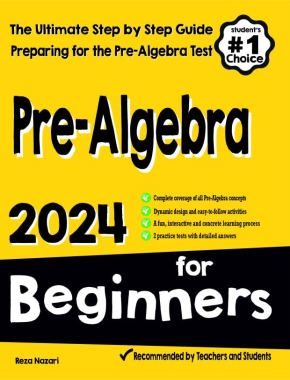
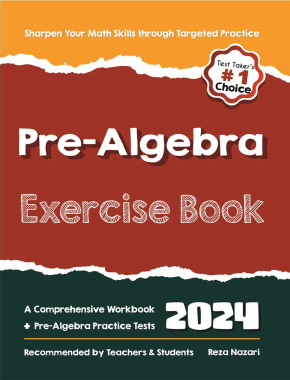
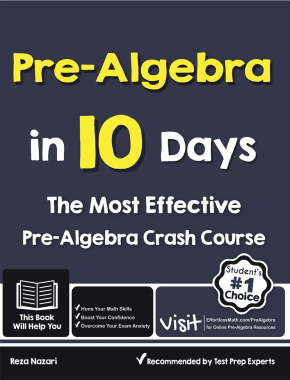
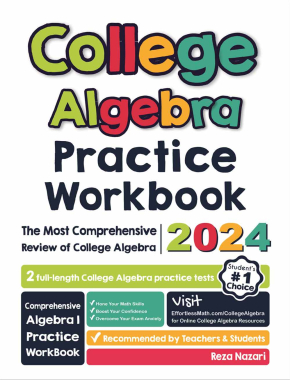
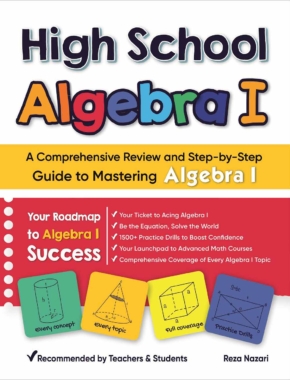
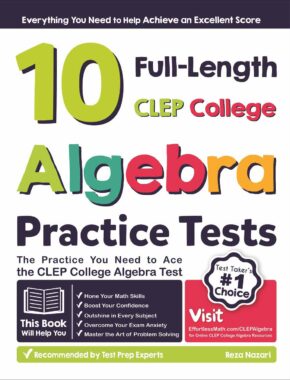
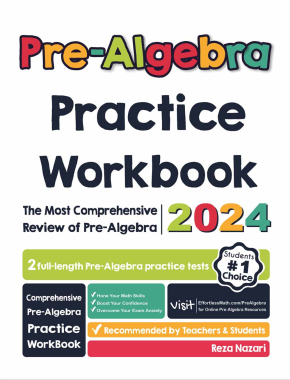
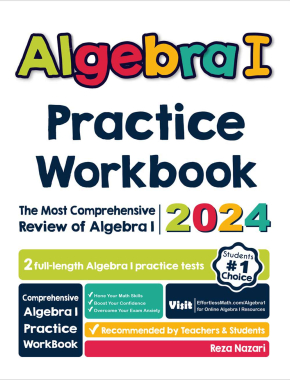
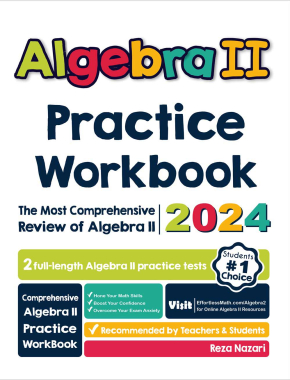
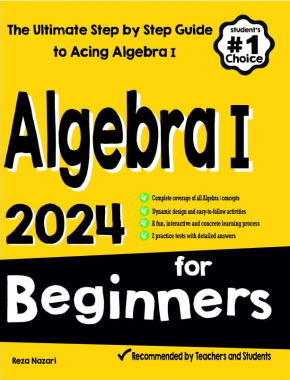
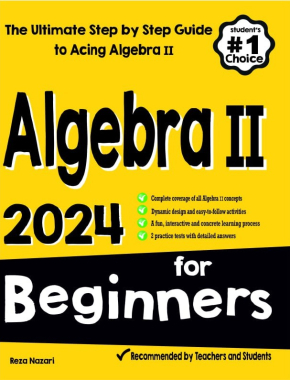








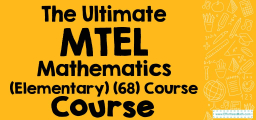

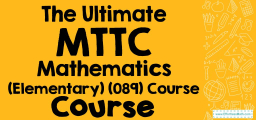
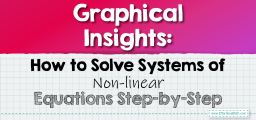
What people say about "How to Multiply and Divide Decimals? (+FREE Worksheet!) - Effortless Math: We Help Students Learn to LOVE Mathematics"?
No one replied yet.